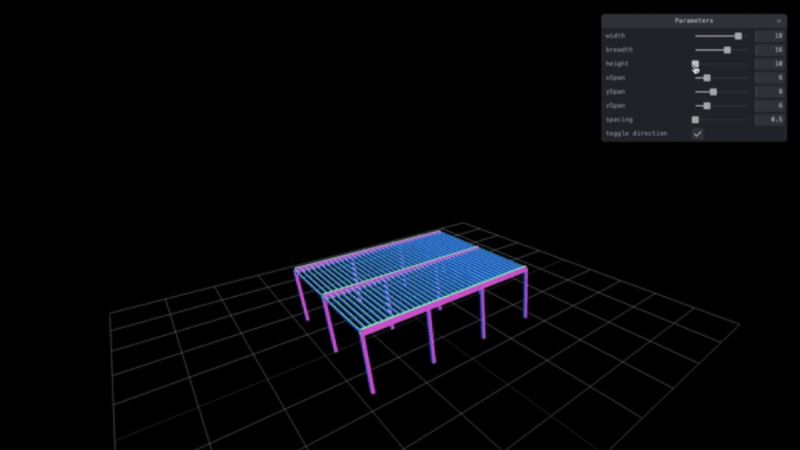
The Benefits of Parametric Modeling in Structural Engineering
The terms parametric modeling, algorithmic modeling, and computational design are often used interchangeably, offering similar benefits in structural engineering. Below are key advantages and how they apply in practice.
1. Design Automation
Many daily tasks for structural engineers are repetitive. With parametric modeling, these can be automated. For instance, a typical residential building can be treated as a configurable product—number of floors, spans, and other parameters—so that structural analysis, design, reporting, and drawings can be generated in one click.
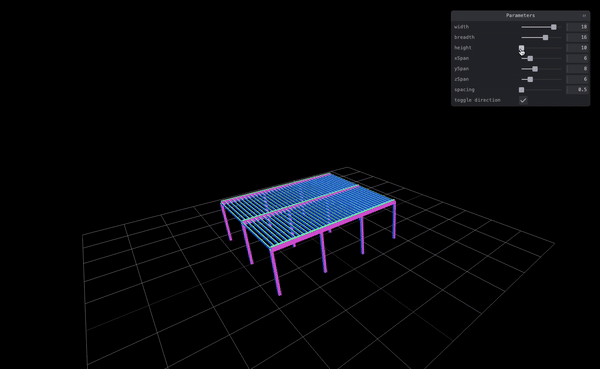
2. Design Exploration
Parametric modeling enables rapid conceptualization and exploration of multiple structural systems. Instead of limiting yourself to a few alternatives, a script can generate thousands of options. Tuning parameters provides insight into solutions that better fit project goals.
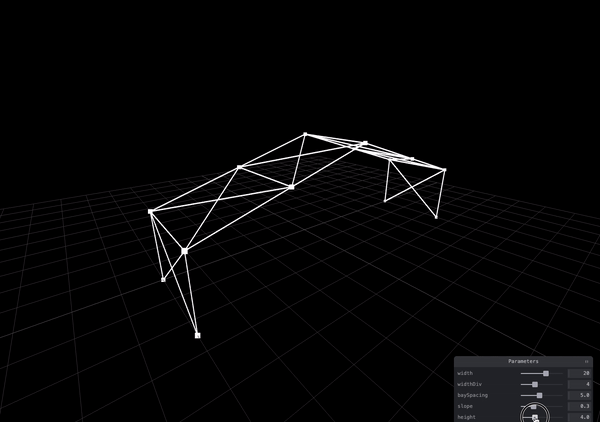
3. Design Optimization
Once you can generate many design alternatives, you can ask: “What is the lightest option that satisfies the local building code?” This becomes a constrained optimization problem that can be solved by coupling the parametric model with an optimization solver.
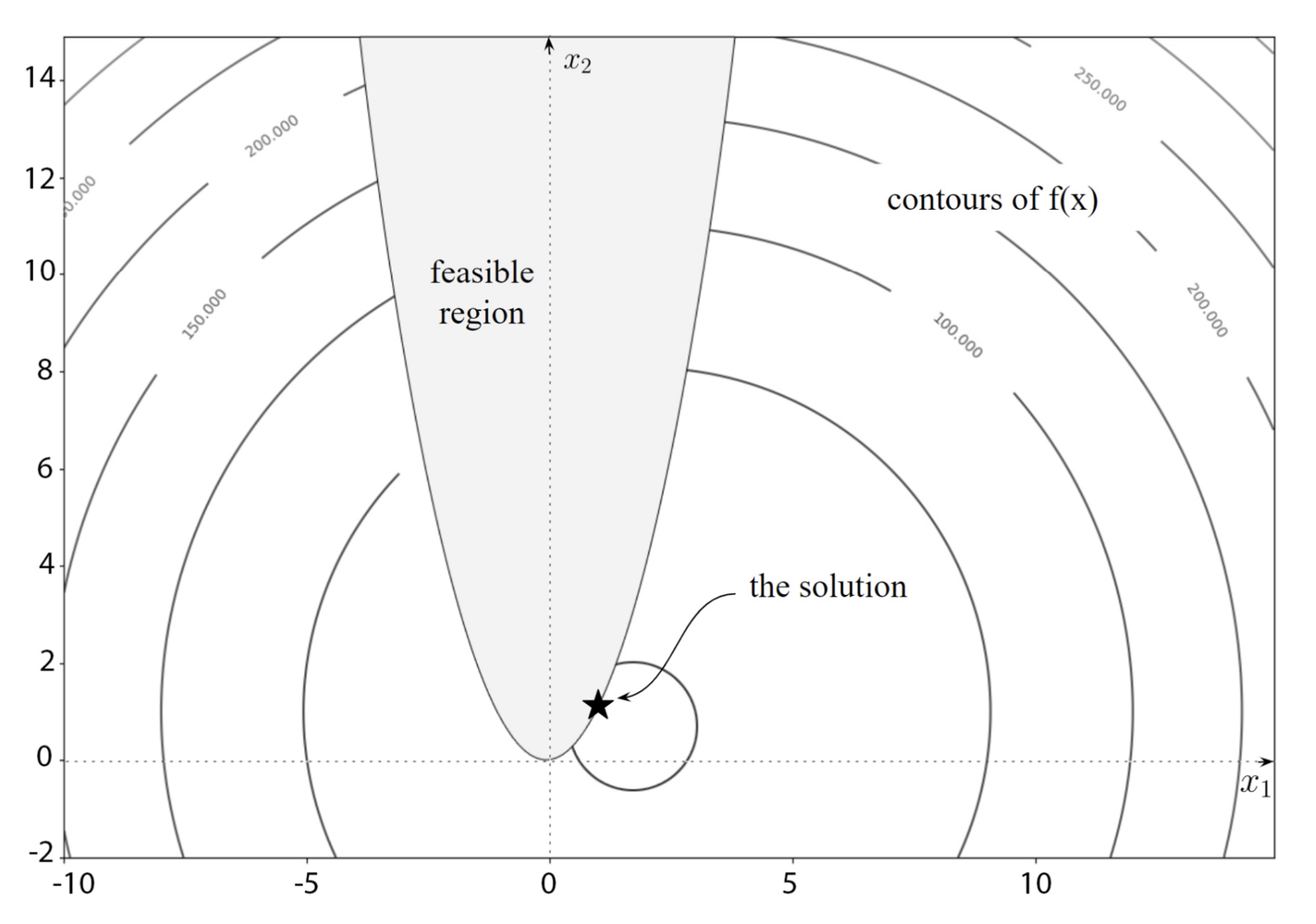
4. Complex Geometry
Parametric modeling is well-suited for structures with complex shapes. It can generate intricate forms such as curved 3D trusses or domes with precision and repeatability.
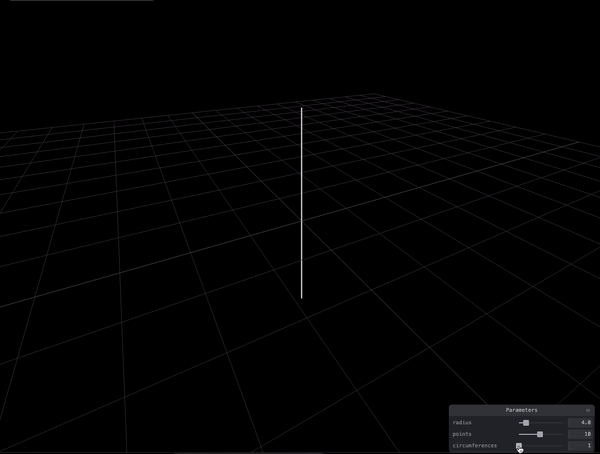
5. Sensitivity Analysis
When your modeling assumptions are uncertain, parametric models make it easy to evaluate their impact. For example, if you assume pin supports between columns and foundations, a sensitivity study can quantify the effect on top-story drift and overall response.
Current tools for structural parametric modeling miss some essential features. This is why I built Awatif—the first online parametric tool dedicated to structural engineering. It is cloud-based, open-source, lightweight, and interactive. Visit the site for examples and feel free to reach out.